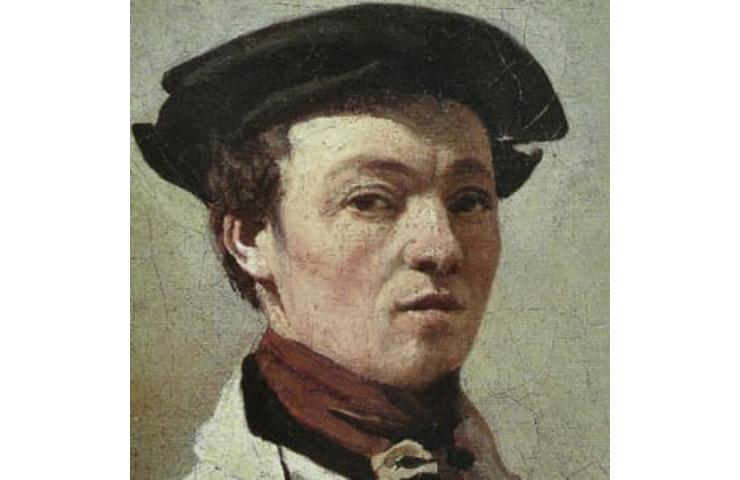No products in the cart.

Painter (1796–1875)
Camille Corot was an influential 19th century French painter who is best known for his landscape paintings. His artistic style inspired many Impressionists.
Synopsis
Born in Paris, France, in 1796, Camille Corot’s prosperous family gave him the money he needed to pursue his passion for painting. Though it took some time before Corot was a success, by the 1850s his work was extremely popular. He is known for his landscape paintings and an artistic style that inspired many Impressionists. Corot painted more than 3,000 pictures during his career. He died in Paris in 1875.
Early Life and Training
Jean-Baptiste-Camille Corot was born into a well-to-do family on July 16 (some sources say July 17), 1796, in Paris, France. His Swiss-born mother ran a fashionable milliner’s shop and his father worked as a draper, or textile merchant. Corot tried to apprentice as a draper, but failed in the endeavor. By the time he was 26, his parents had given him an allowance that would permit him to pursue his passion for painting.
Corot first had lessons with Achille-Etna Michallon, then became a student of Jean-Victor Bertin. Both Michallon and Bertin had studied with landscape painter Pierre-Henri de Valenciennes, and Corot began to paint landscapes as well.
From 1825 to 1828, Corot lived in Italy and honed his artistic skills. These influential years saw him painting the city of Rome and its countryside, as well as Naples and Ischia. It was a happy time for Corot, during which he declared to a friend, “All I really want to do in life … is to paint landscapes. This firm resolve will stop me forming any serious attachments. That is to say, I shall not get married.”
Early Career
In 1827, Camille Corot’s “The Bridge at Narni” was displayed at the Paris Salon (a prestigious art exhibition). Corot continued to send paintings to the Salon and was awarded a Salon medal at the age of 37. He became a regular exhibitor in the 1830s, with paintings such as “Hagar in the Wilderness” (Salon of 1835).
Corot returned to Italy in 1834, where he sketched and painted places such as Florence, Pisa, Genoa and Venice. He would continue to travel throughout his life, visiting Avignon and the south of France as well as Switzerland and other European locations.
On trips abroad and while in France, Corot worked outdoors during the warmer months, trying to capture views and landscapes. These sketches were not meant to be displayed or sold—the larger pictures Corot intended to exhibit were produced inside his studio.
Commercial and Critical Success
Though he received some critical praise, only a few of Corot’s paintings sold in the 1830s. In 1840, the state purchased one of his works, “The Little Shepherd.” Corot’s artistic achievements were further acknowledged in 1846 when he was made a member of the Legion of Honor (an order of merit that was established by Napoleon Bonaparte in 1802).
In the 1850s, Corot began to paint in a softer style, using a restricted palette of colors. Collectors and dealers were scrambling to buy his work as the 1850s progressed. Six of his pieces were seen at the Exposition Universelle of 1855, where Corot won a gold medal and sold a painting to Emperor Napoleon III.
Corot also created paintings that focused more on emotion and atmosphere. He described them as “souvenirs,” as they were based on memories of places he had visited.
Artistic Influences and Impact
Corot was in close contact with and influenced by painters of the realistic Barbizon school, such as Jean-François Millet, Théodore Rousseau and Charles-François Daubigny. Corot’s landscapes and plein air sketches also served to inspire Impressionist painters. Corot even taught some Impressionists, such as Camille Pissaro.
Later Years
Devoted to painting, Corot continued to work throughout his life, producing more than 3,000 pictures during his career. In the 1860s, he also experimented with photography and printmaking, and used a technique called cliché-verre to combine the two. Corot died in Paris on February 22, 1875, at the age of 78.


